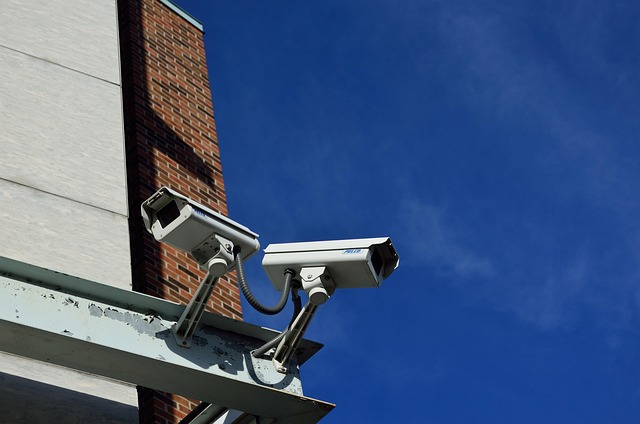
Charging Infrastructure For Government Fleets
Introduction
The transition to electric vehicles (EVs) is becoming increasingly important for government fleets, driven by environmental goals and cost-saving opportunities. However, a critical aspect of this transition is the development of adequate charging infrastructure. This article explores the essential elements of charging infrastructure for government fleets, focusing on the opportunities provided by the California Energy Commission’s (CEC) Clean Transportation Program.
Understanding Fleet Requirements
Before implementing charging infrastructure, it is vital for government fleets to assess their specific requirements. This includes understanding the types of vehicles being deployed, their usage patterns, and the anticipated charging needs. A thorough analysis will help in determining how many charging stations are necessary and what type of charging equipment is most suitable.
Funding Opportunities
The CEC has announced the availability of up to $30 million in grant funds specifically for projects aimed at enhancing electric vehicle charging infrastructure for light-duty government fleets. This funding can significantly alleviate the financial burden associated with the initial setup and ongoing maintenance of charging stations.
Public vs. On-Site Charging
Fleets have the option to utilize public charging stations, which can serve as a temporary solution while developing their own on-site infrastructure. Public charging can be particularly beneficial for fleets that operate in areas with easy access to such facilities. However, relying solely on public stations may not always meet the specific needs of a fleet, especially if vehicles require charging during off-peak hours or if the fleet operates in remote locations.
Budget Considerations
When planning for charging infrastructure, it is essential to create a comprehensive budget that accounts for both capital and ongoing costs. This includes the initial investment in charging stations, installation costs, and any necessary upgrades to electrical systems. Additionally, fleets should explore available incentives for both vehicles and charging infrastructure, which can further reduce expenses.
Vehicle Selection and Charging Needs
Selecting the right vehicles is a crucial first step in determining the amount of charging equipment required. Factors to consider include:
- Vehicle Range: Understanding the range of the selected EVs will help in planning the charging frequency and locations.
- Daily Mileage: Estimating the daily mileage of each vehicle can influence the number of charging stations needed and their power output.
- Charging Speed: Different charging stations offer varying charging speeds, which can impact how quickly vehicles can be ready for use again.
- Fleet Size: The number of vehicles in the fleet will directly affect the number of charging stations required.
Implementation Strategies
Once the requirements and budget are established, the next step is to develop a strategic plan for implementing the charging infrastructure. This may involve:
- Site Assessment: Evaluating potential locations for charging stations, considering factors such as accessibility and proximity to fleet operations.
- Partnerships: Collaborating with local governments or private entities to share resources and infrastructure.
- Technology Integration: Incorporating smart technology that can optimize charging times and monitor usage patterns.
Conclusion
Developing charging infrastructure for government fleets is a multifaceted process that requires careful planning and consideration. By understanding fleet requirements, exploring funding opportunities, and implementing strategic solutions, government entities can successfully transition to electric vehicles while ensuring that their charging needs are met efficiently. As the demand for sustainable transportation continues to grow, investing in robust charging infrastructure will be essential for the future of government fleets.

















 Collections Debt: What You Need to Know
Collections Debt: What You Need to Know 
 Health
Health  Fitness
Fitness  Lifestyle
Lifestyle  Tech
Tech  Travel
Travel  Food
Food  Education
Education  Parenting
Parenting  Career & Work
Career & Work  Hobbies
Hobbies  Wellness
Wellness  Beauty
Beauty  Cars
Cars  Art
Art  Science
Science  Culture
Culture  Books
Books  Music
Music  Movies
Movies  Gaming
Gaming  Sports
Sports  Nature
Nature  Home & Garden
Home & Garden  Business & Finance
Business & Finance  Relationships
Relationships  Pets
Pets  Shopping
Shopping  Mindset & Inspiration
Mindset & Inspiration  Environment
Environment  Gadgets
Gadgets  Politics
Politics 